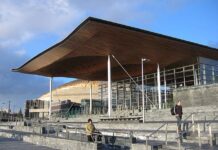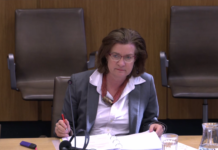Smart Metering
Smart Metering is an essential component of the smart grid which has the potential to transform the entire energy system. This would mean significant changes to the traditional way of generating and distributing energy, currently centrally generated in large fossil fuel using power stations and transmitted down power lines to the end user often many miles distant.
In future, there will be far more decentralised energy produced in individual homes and businesses or at a community level. This will be renewable energy from solar, wind power, ground source heat pumps and burning biomass.
The key to this seismic shift in energy production and usage is the Smart Meter. Smart Meters will mean better customer service, tailored energy, efficiency advice, and the ability for the consumer to switch between suppliers quicker and easier. Customers will have instant access to energy usage, enabling customers to cut their energy requirements, costs, and carbon emissions.
Smart metering by itself is of limited value, the value comes out of how the information is used. Identifying areas of inefficiency will produce significant savings, but has the potential of delivering much more through the Smart Grid.
The Smart Grid becomes a series of connecting devices that will control the flow of electrical energy. The meters are the end point of the grid. The information provided by Smart Meters in households to the transmission systems to wind farms, power stations, becomes a tool that is much more than the sum of its parts.
The current grid system is likened to a star structure the power station at its centre and end users connected by the transmission grid to end users being the spokes of the star. The smart grid becomes a web, characterised by two way communication. The information provided by the smart meter allows operators to identify outages peak demands in a more efficient manner smoothing peak demand and reducing power requirements.
The grid allows the incorporation of energy sources apart from power stations, these include local micro-generation from households, businesses, communities or renewable sources such as wind or water power.
For local micro-generation to be viable, there must be a way to measure how much power is generated from solar panels, wind micro-turbines, combined heat and power generators are feeding back to the grid, enabling micro-generators to receive payment.
Legislation, to allow the Energy Companies to pay micro- generating power households to feed electricity, surplus to the household need into the National Grid, is now under consideration, and very to application.
Robin Burn
Help keep news FREE for our readers
Supporting your local community newspaper/online news outlet is crucial now more than ever. If you believe in independent journalism, then consider making a valuable contribution by making a one-time or monthly donation. We operate in rural areas where providing unbiased news can be challenging. Read More About Supporting The West Wales Chronicle




















